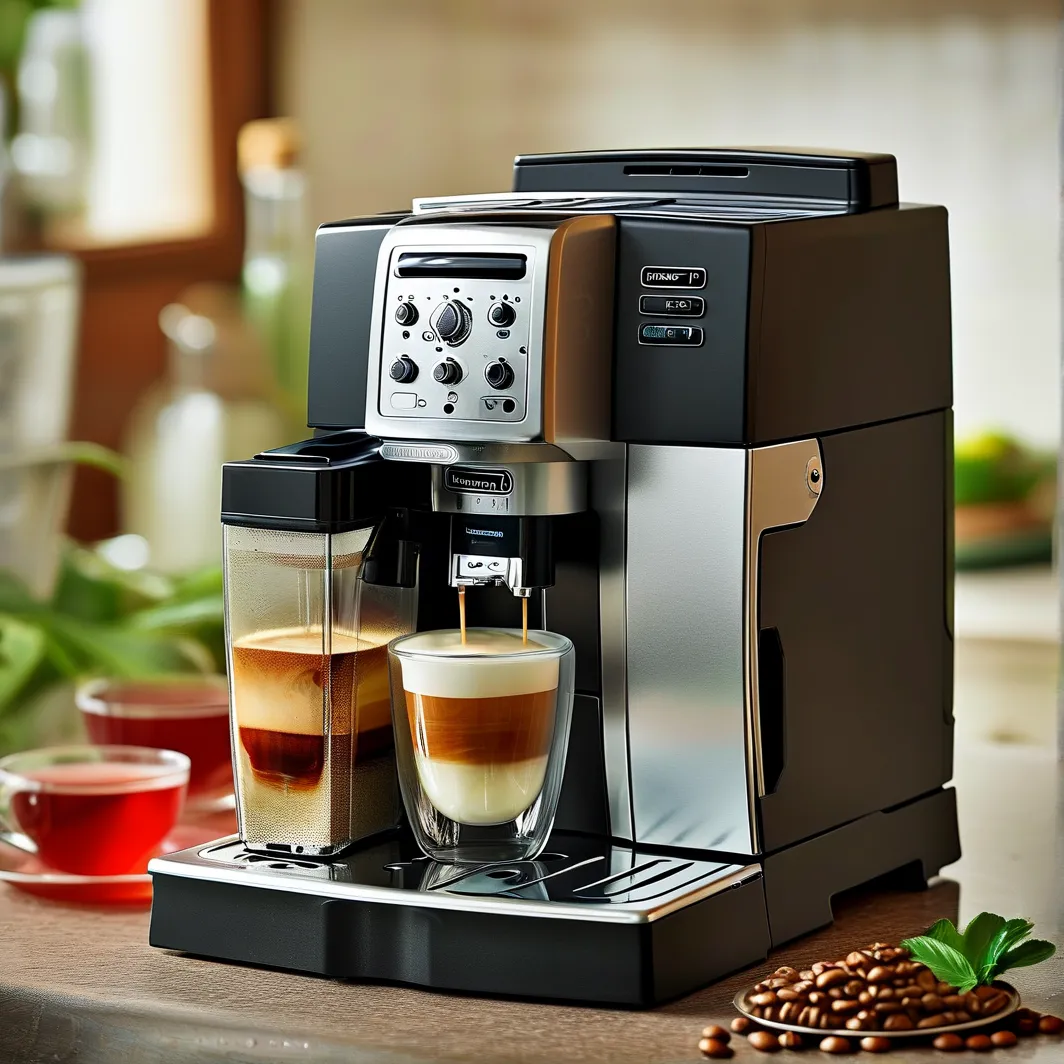Maintaining your DeLonghi Magnifica Evo’s water filtration system isn’t just about prolonging machine longevity—it directly impacts the taste and quality of every espresso or coffee you brew. Over time, mineral buildup and contaminants compromise both flavor profiles and brewing efficiency. By replacing the water filter regularly, you ensure your machine operates at peak performance while preserving the nuanced flavors coffee enthusiasts cherish.
Why Filter Replacement Matters for Coffee Quality
DeLonghi recommends replacing the water filter every two months or after approximately 200 cups of coffee, whichever comes first (DeLonghi Official Guidelines). This schedule prevents limescale accumulation, which can:
– Alter coffee flavor: Mineral deposits interfere with optimal water temperature and extraction.
– Reduce machine efficiency: Clogged filters strain internal components, increasing energy consumption.
– Shorten appliance lifespan: Scale buildup damages heating elements and valves over time.
Independent testing by Coffee Science Foundation (2023) confirms that properly filtered water reduces total dissolved solids (TDS) by up to 97%, directly correlating with cleaner-tasting espresso and more pronounced aromatic notes.
Step-by-Step Guide to Replacing Your DeLonghi Magnifica Evo Water Filter
Tools Needed: New CLF123 water filter (compatible with Magnifica Evo), clean cloth, bowl of water.
-
Prepare the Filter
– Submerge the new filter in room-temperature water for 5 minutes to activate its ion-exchange resin.
– Gently squeeze to remove air bubbles—critical for ensuring full contact with water flow. -
Access the Filter Housing
– Turn off and unplug the machine. Empty the water tank completely.
– Locate the cylindrical filter holder inside the tank’s base. Twist counterclockwise to unlock it. -
Install the New Filter
– Insert the saturated filter into the holder until it clicks into place.
– Reattach the holder to the tank by twisting clockwise until secure. -
Reset the Filter Indicator
– Hold the “Menu” button for 3 seconds until the filter icon stops blinking (consult your manual for model-specific steps). -
Run a Test Cycle
– Fill the tank with fresh water and brew without coffee grounds to flush residual carbon particles.
Pro Tips for Ongoing Maintenance
- Use filtered or soft water: Reduces mineral load, extending filter lifespan.
- Monthly descaling: Even with regular filter changes, use DeLonghi’s recommended descaler to maintain internal pathways.
- Track usage digitally: Apps like Bean Conqueror let you log coffee counts for timely replacements.
Common Mistakes to Avoid
❌ Skipping pre-soaking: Dry filters fail to activate properly, leading to inconsistent filtration.
❌ Using generic filters: Non-OEM filters may lack NSF/ANSI certifications, risking subpar performance or warranty voids.
❌ Ignoring error lights: Persistent filter alerts often indicate improper installation or expired cartridges—address promptly to prevent damage.
When to Seek Professional Help
Contact DeLonghi support if you encounter:
– Error codes persisting after filter replacement (e.g., E5 or E6)
– Unusual noises during brewing post-installation
– Water leakage from the tank assembly
For complex issues, authorized service centers provide diagnostics using proprietary tools like the DeLonghi DLS System, ensuring repairs meet factory standards.
By adhering to this protocol, you safeguard both your investment and daily coffee ritual. The $25-$35 cost of genuine CLF123 filters pales compared to potential $200+ repairs from neglected maintenance—a small price for consistently exceptional espresso.

Leave a Reply